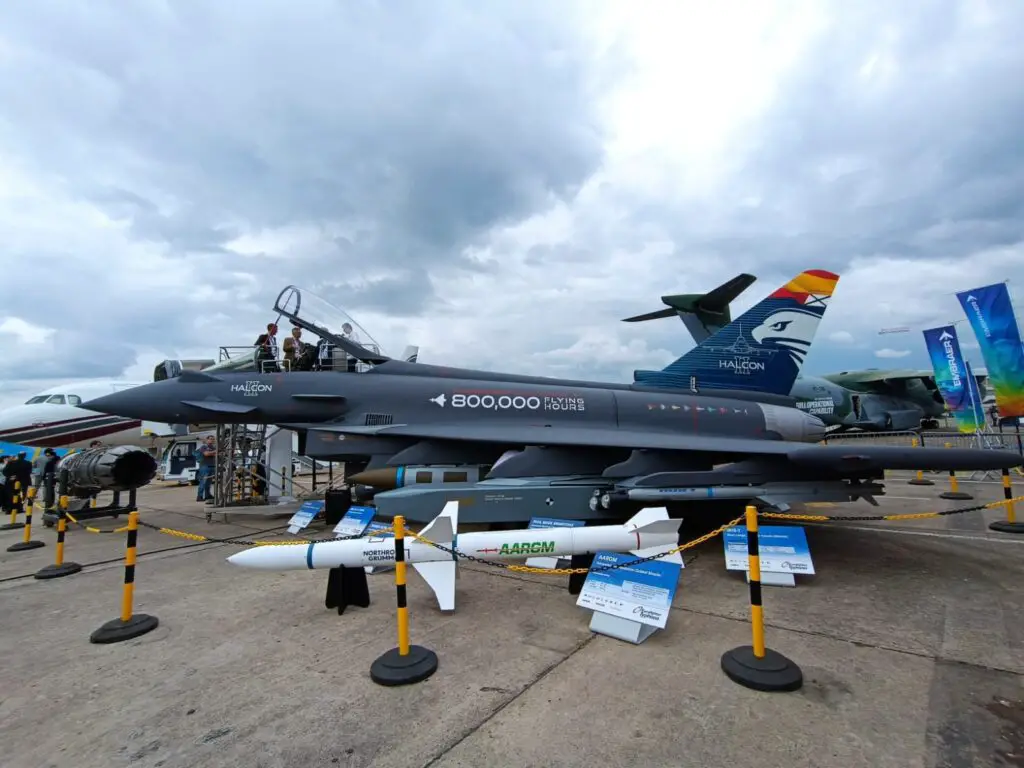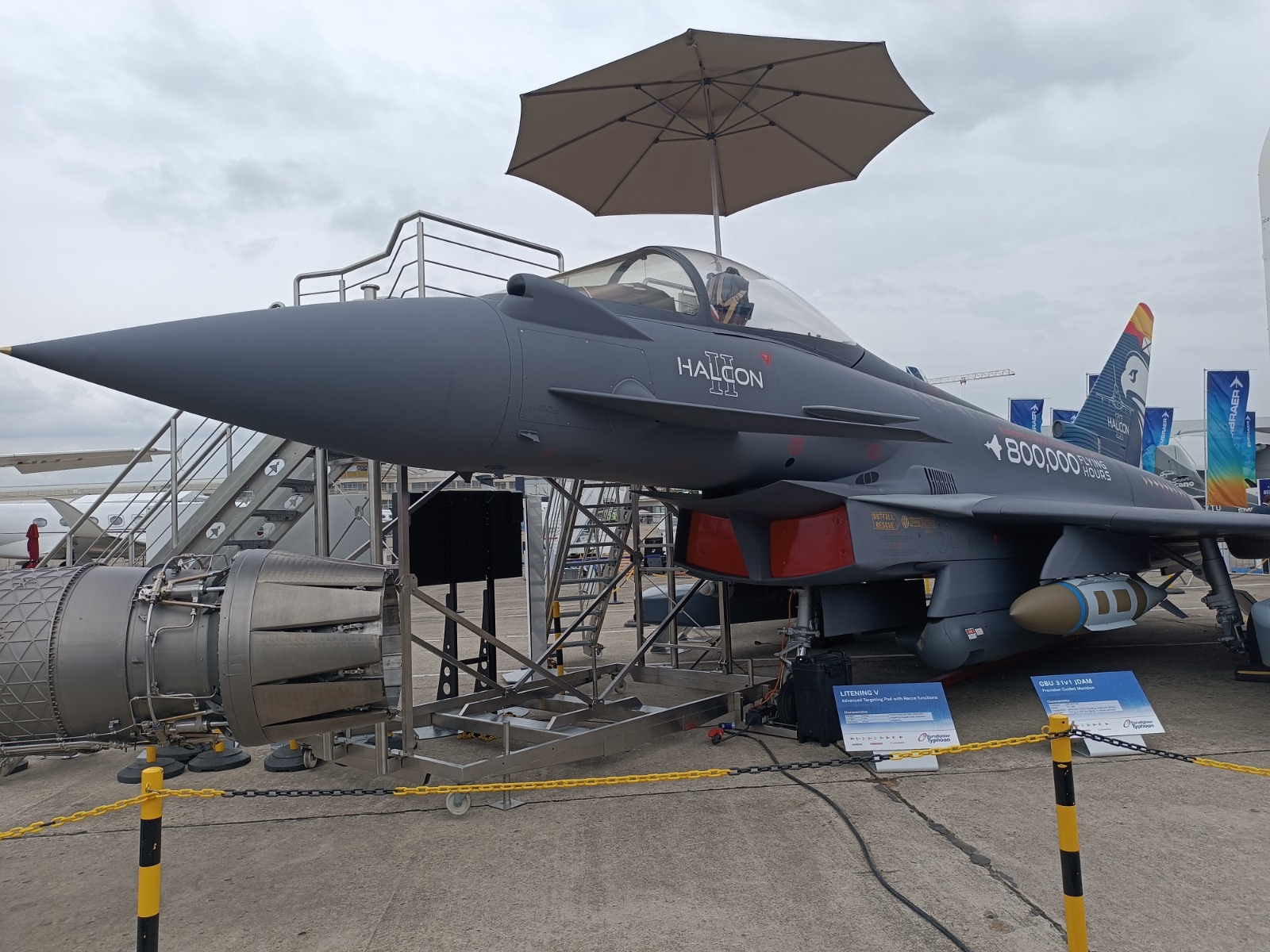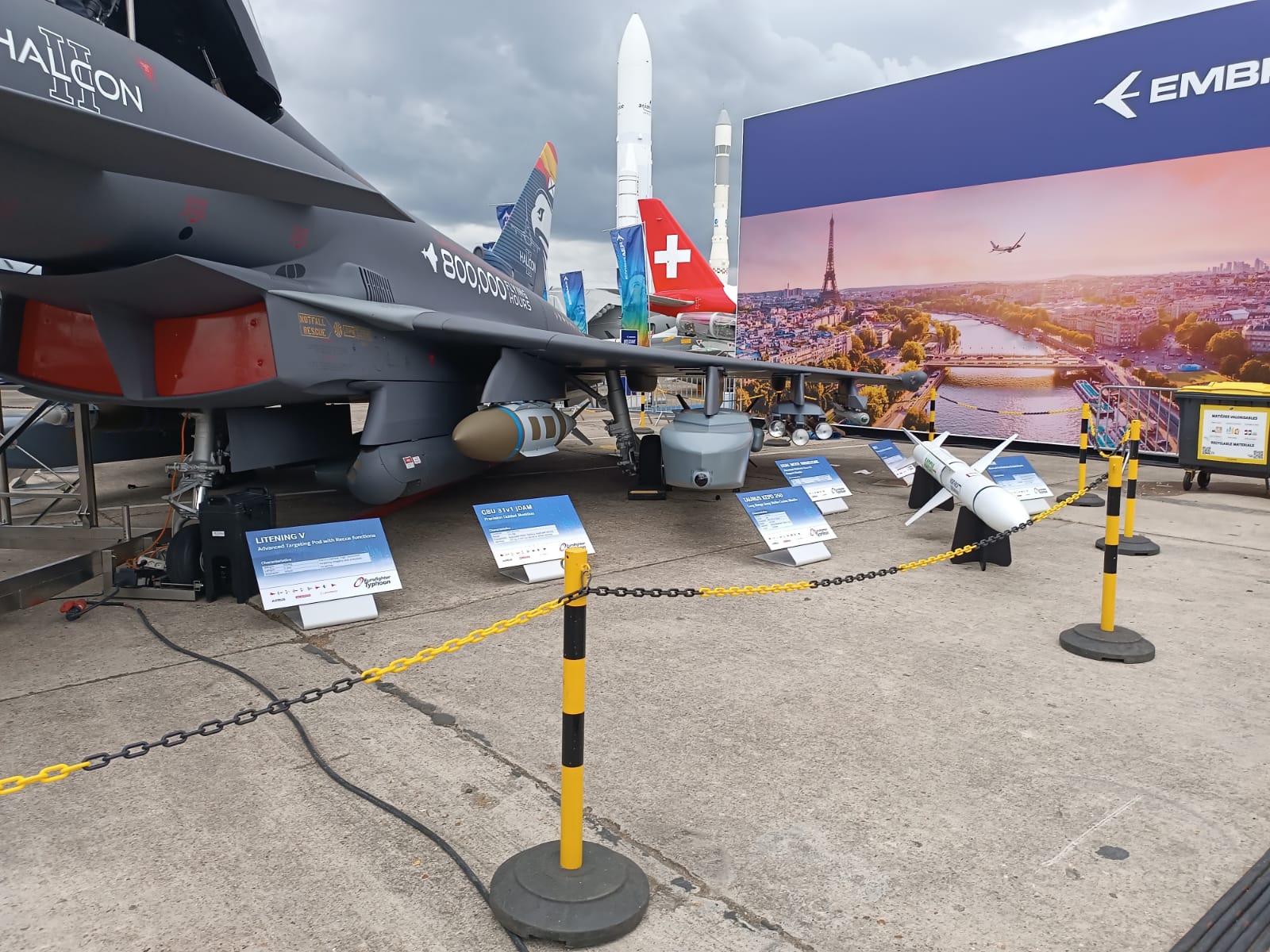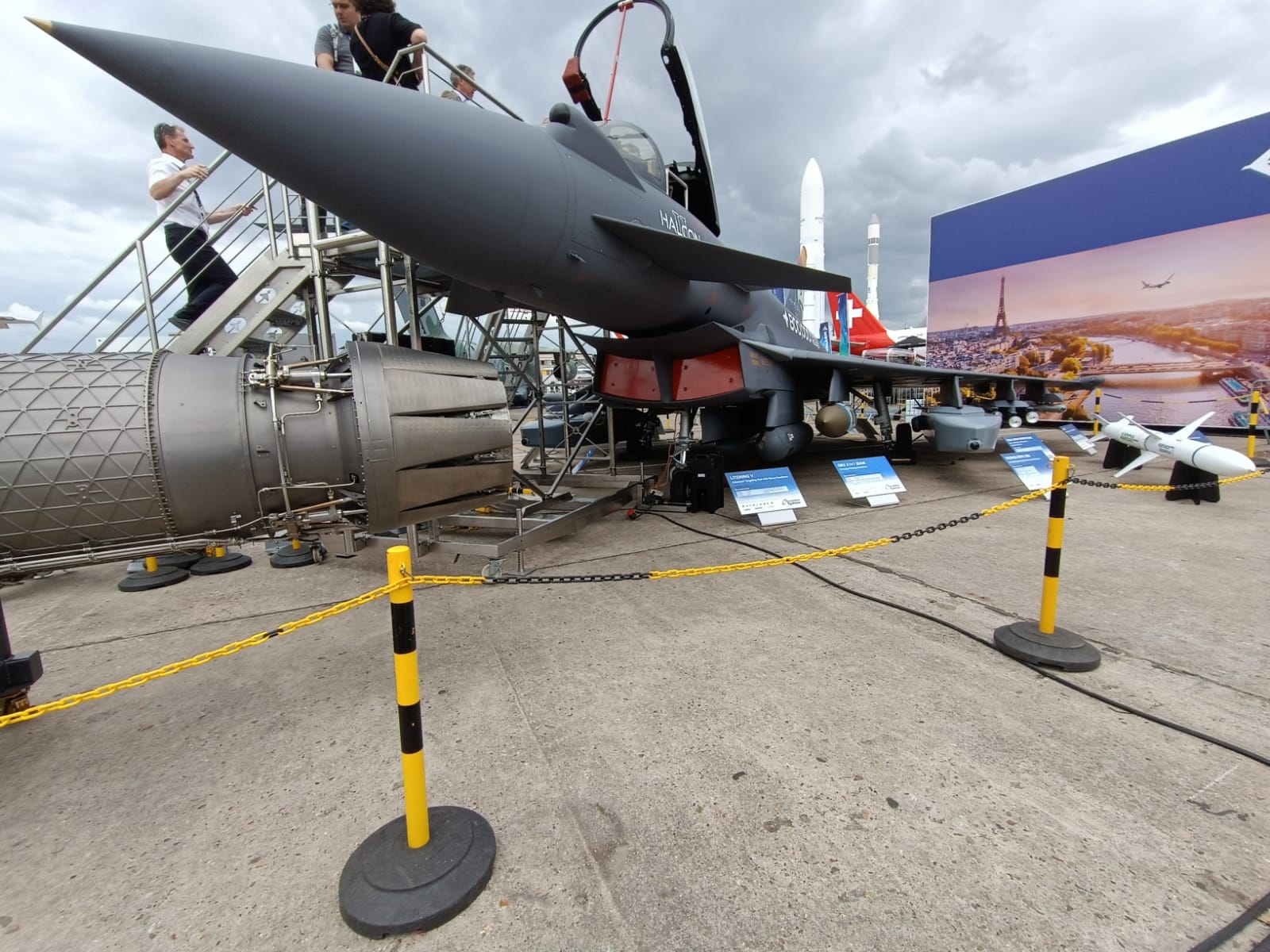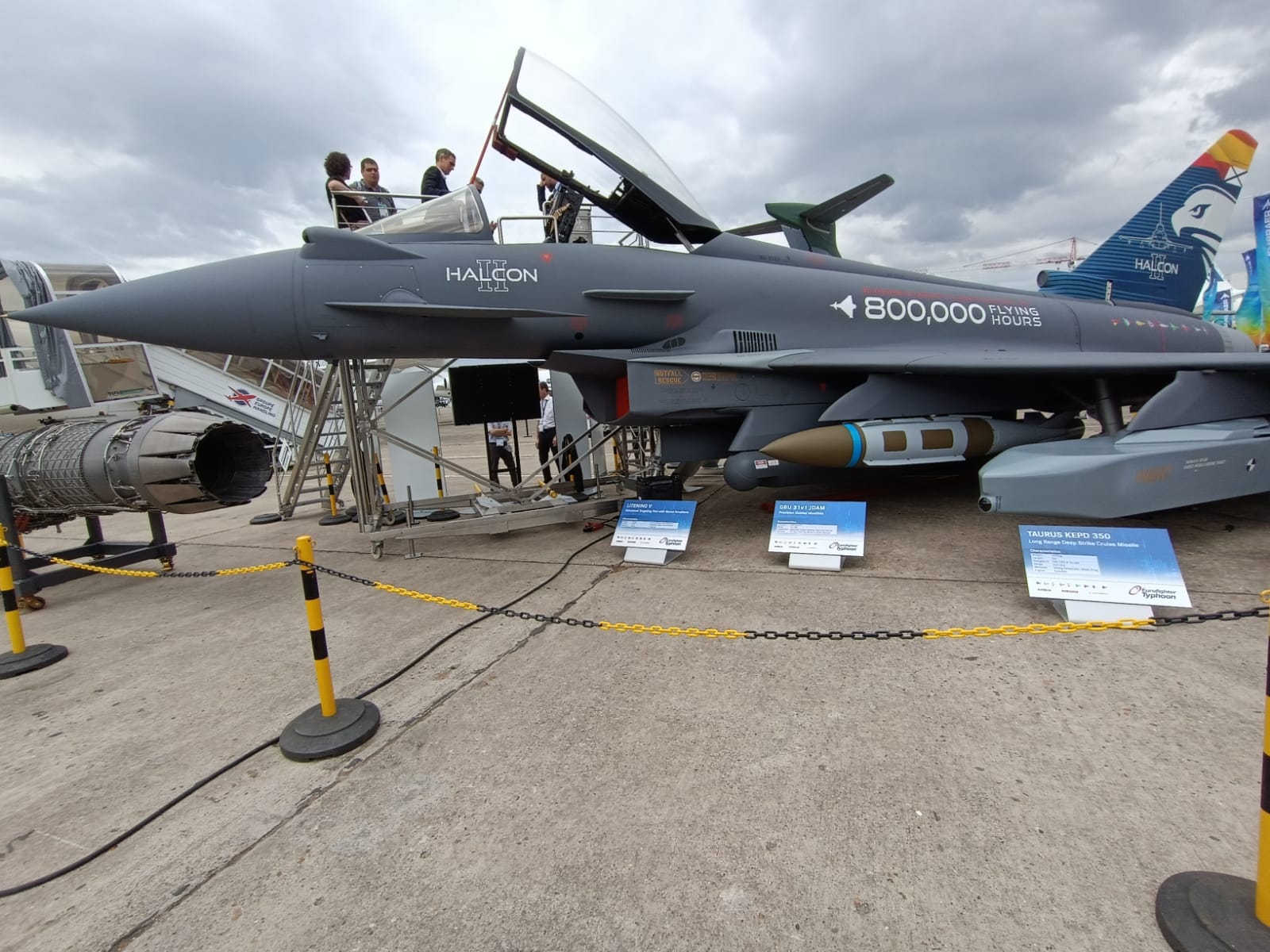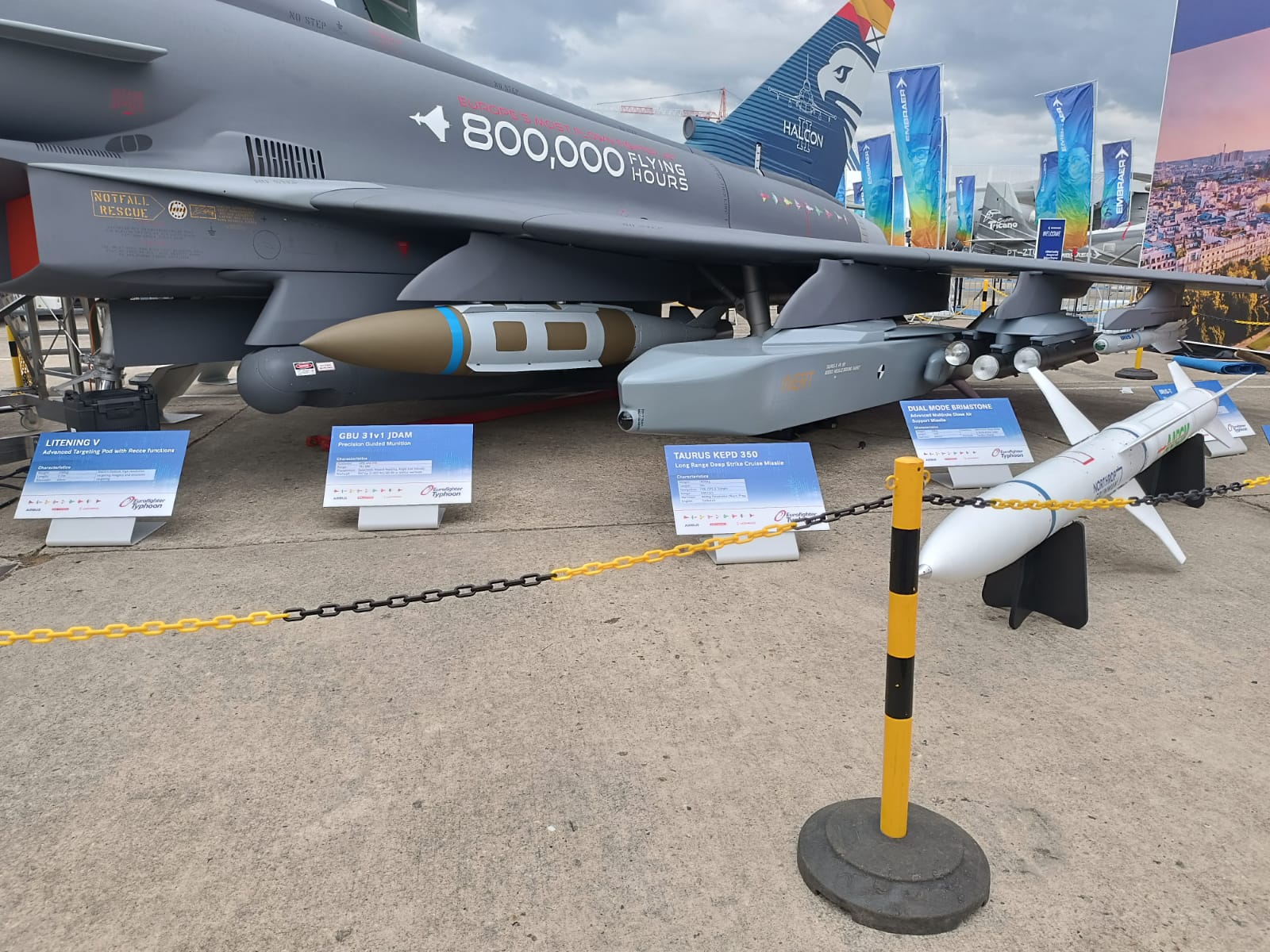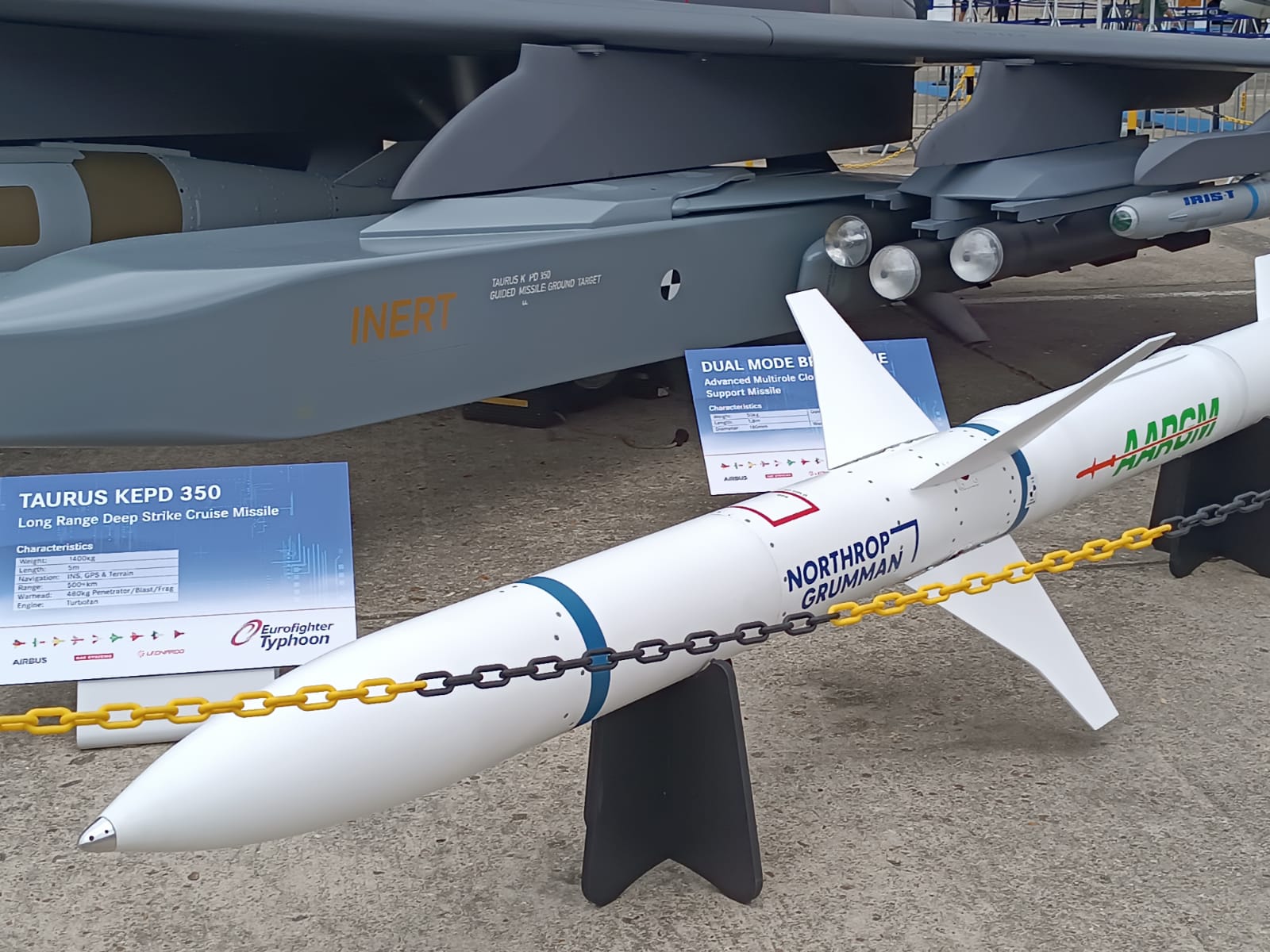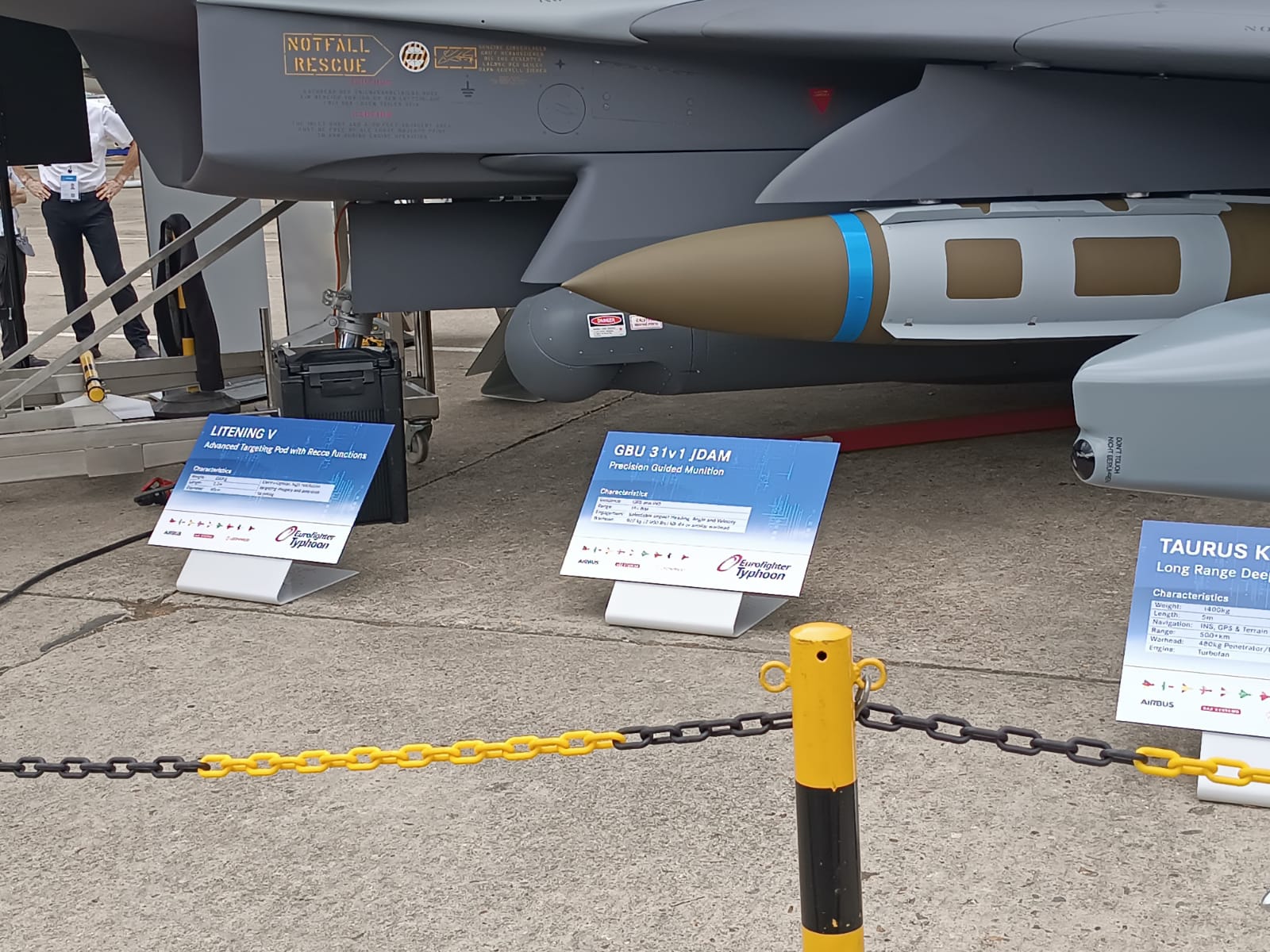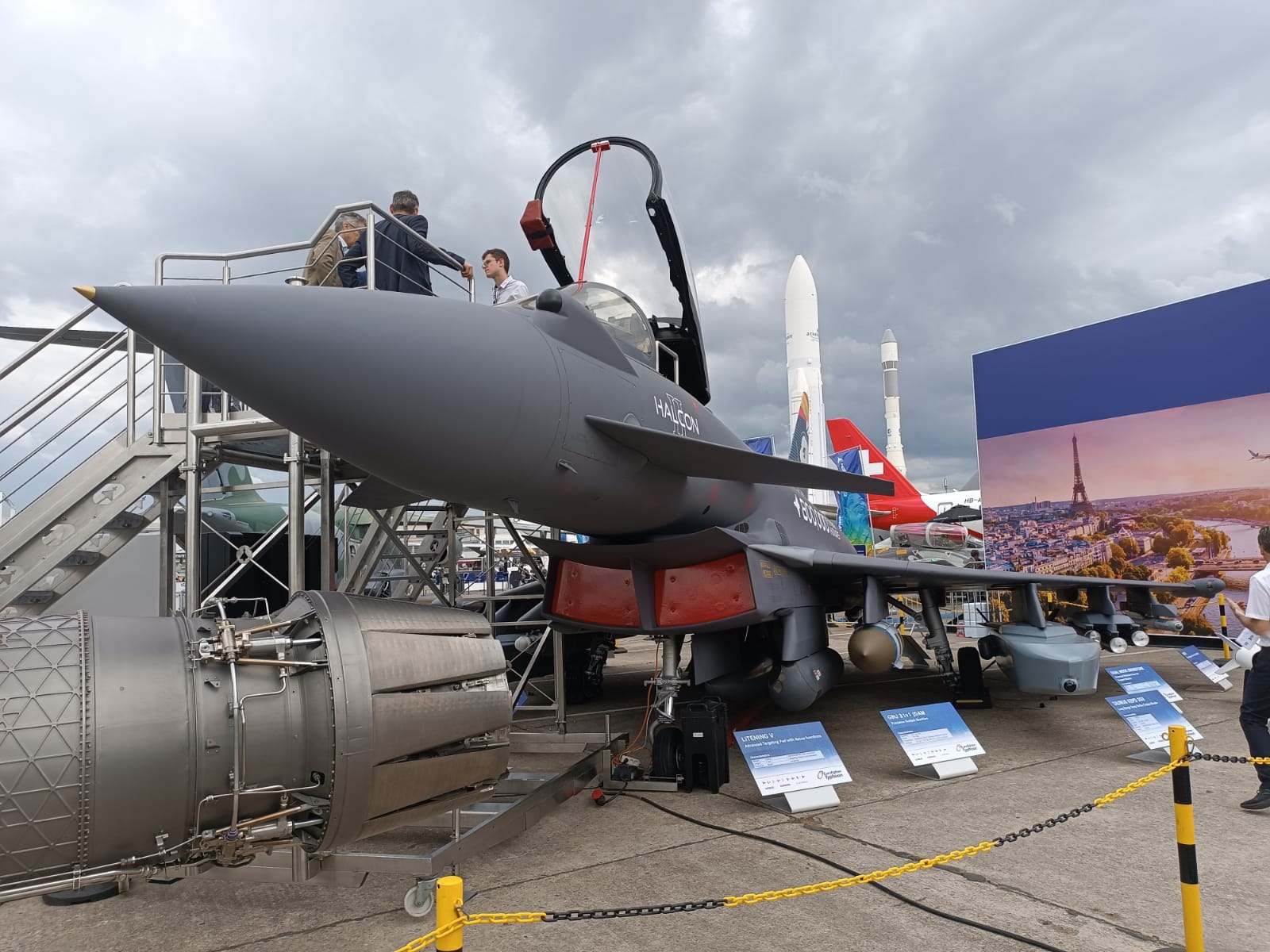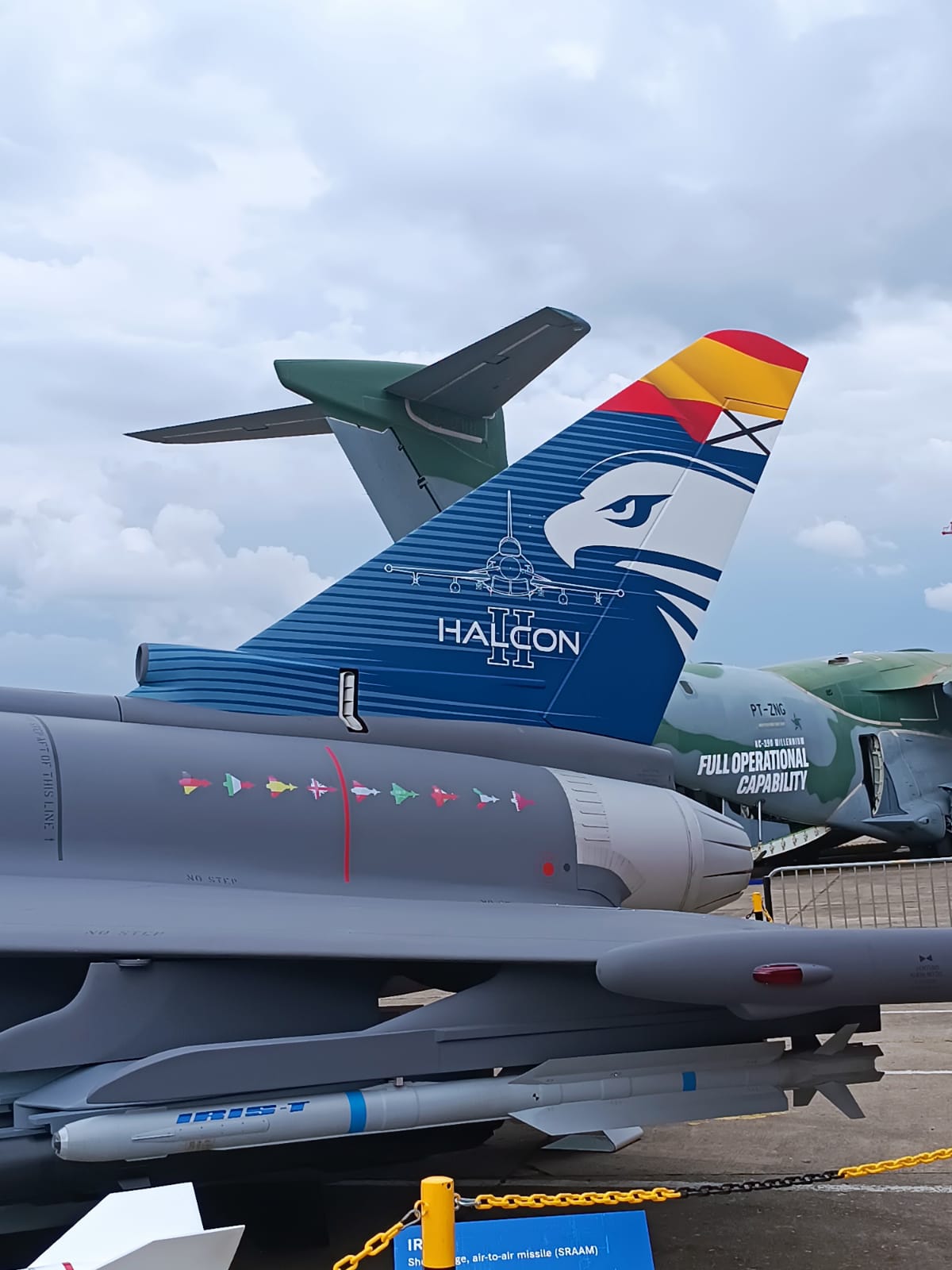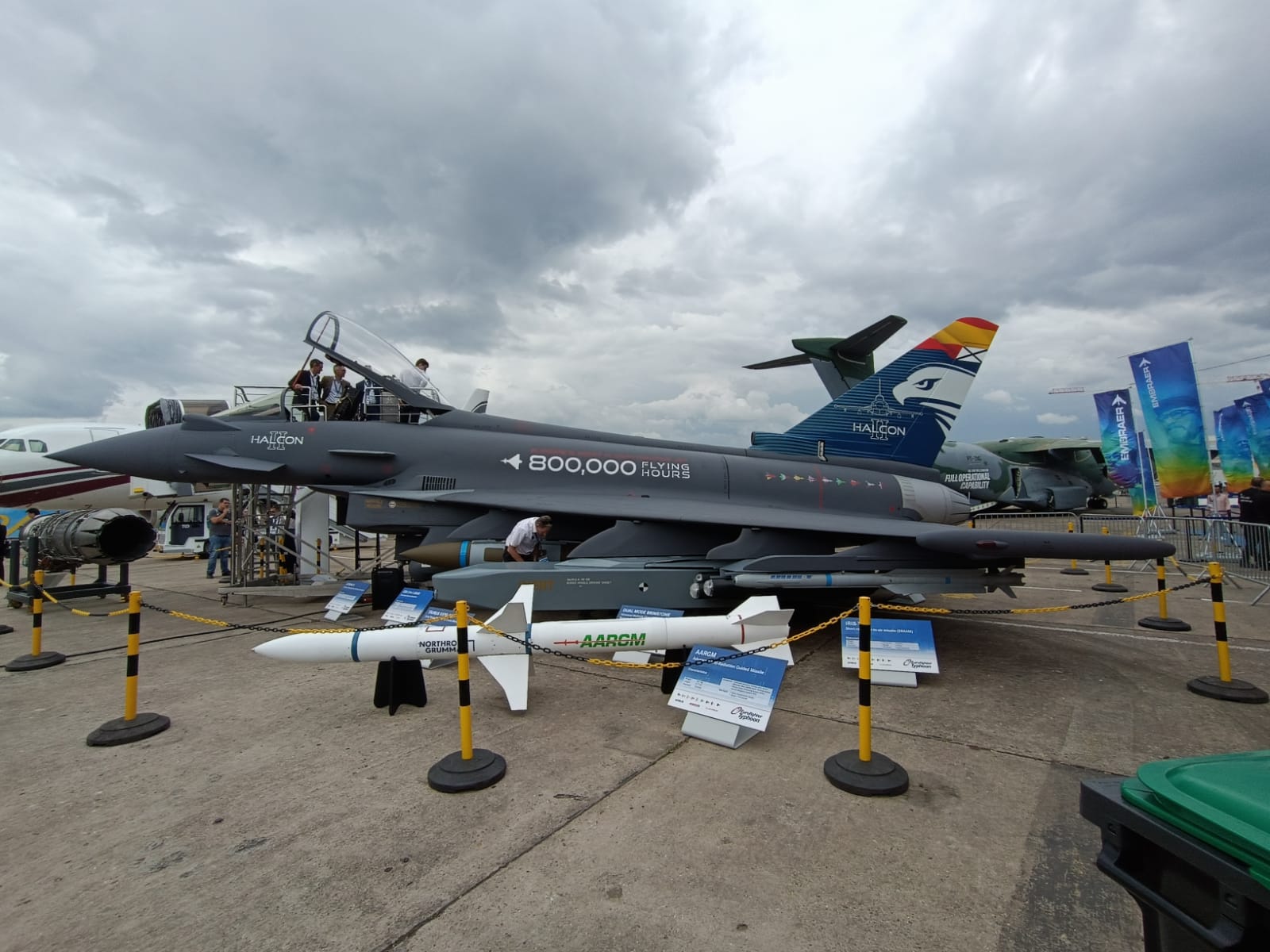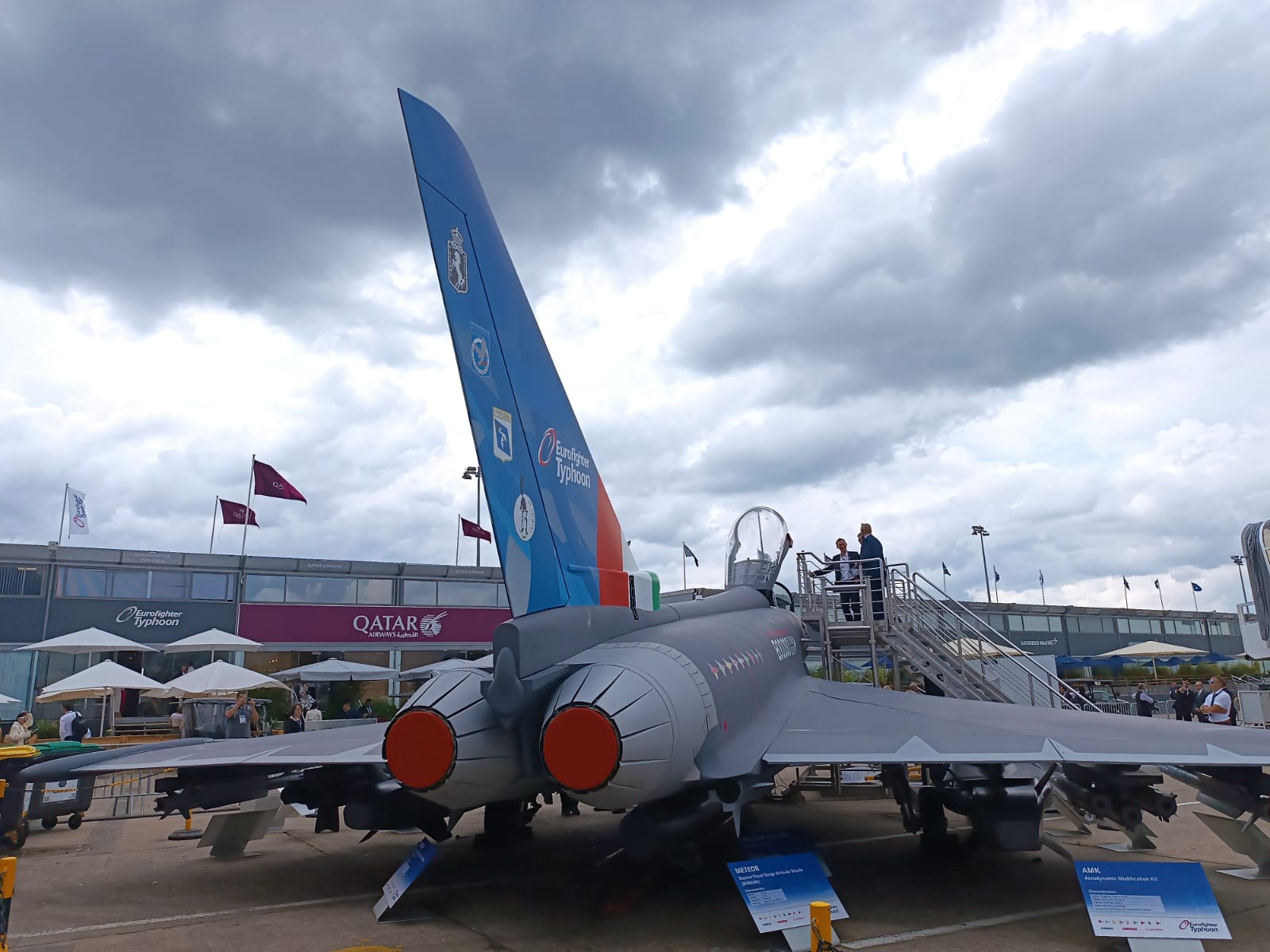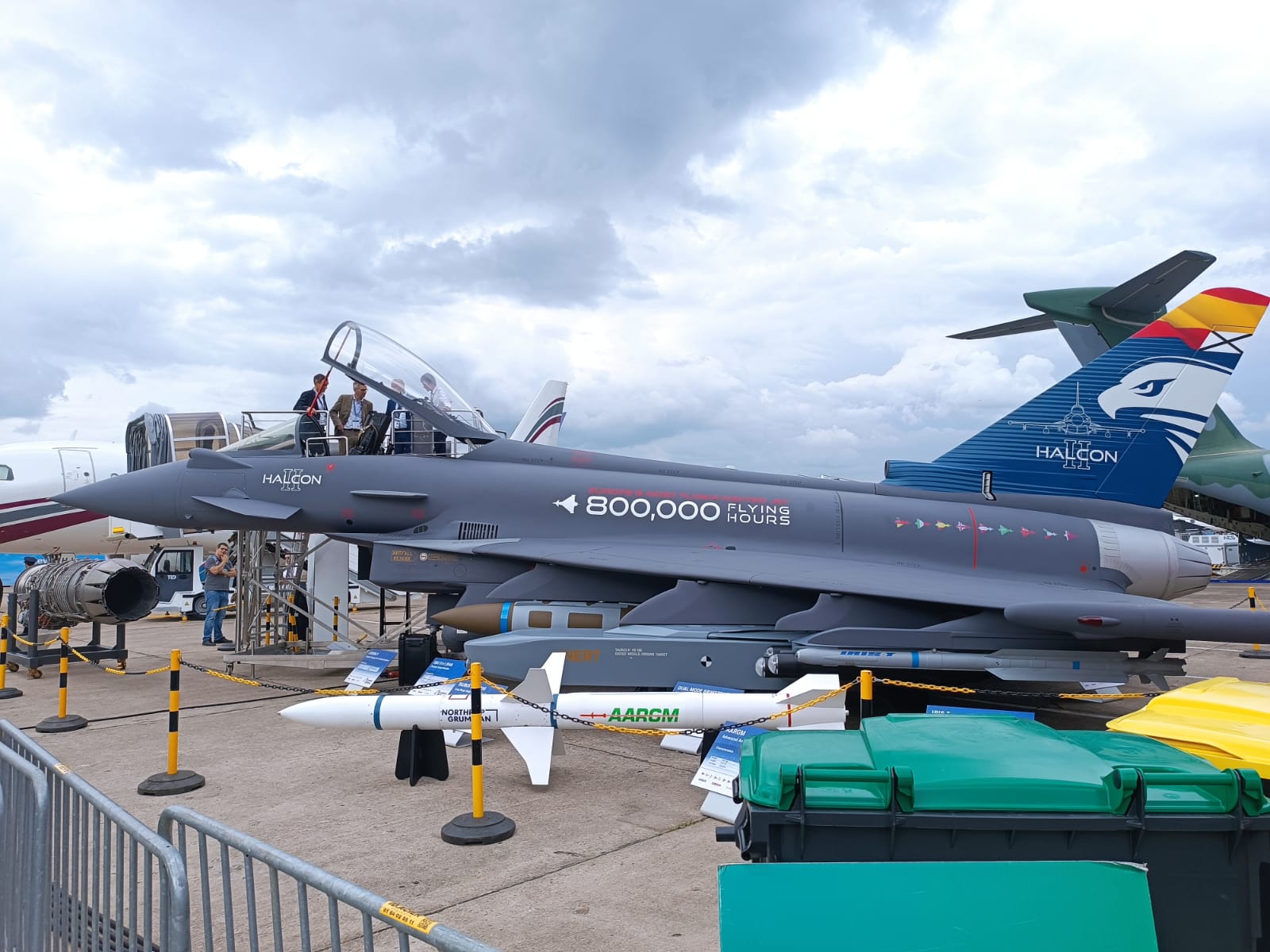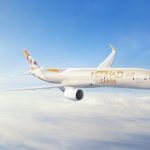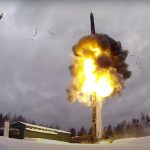During the 54th edition of the International Paris Air Show, Airbus Defence & Space presented a mockup of what the new Eurofighter fighters proposed for the Spanish Halcon II program would look like.
The Halcon II program, like the previous Halcon I, seeks to replace the Spanish Air and Space Force’s aging EF-18 Hornets with new Eurofighters, in this case of the Tranche 4, the most advanced version of the European fighter jet. In particular, Halcon II aims to replace the Hornets at the Torrejon and Zaragoza bases by the end of the decade with 25 new fighters.
Emphasis on air-to-surface missions
Airbus’ proposal for the Spanish Air and Space Force is for the most advanced version of the Eurofighter Typhoon, the Tranche 4, incorporating major software upgrades, a redesigned cockpit dominated by a large color touch screen and the AESA E-Scan MK1 radar. The Spanish aircraft would be very similar to those acquired by the German Air Force (Luftwaffe) for the Quadriga program.
However, it is in the armament section where the presentation at the Paris Air Show stands out.
As can be seen in the images, these Eurofighters would be armed to the teeth, particularly reinforcing their air-to-surface capabilities.
The proposed armament for these new Spanish Tranche 4s includes the GBU-31v1 JDAM INS/GPS-guided bomb, the German Taurus KEPD 350 long-range cruise missile, the AGM-88E Advanced Anti-Radiation Guided Missile (AARGM) and the dual-guided Brimstone air-to-surface air-to-surface missiles, recently acquired by Spain.
It also includes the integration of an Israeli Litening V target designation pod. Unlike other Eurofighters that use this type of pod from the central under-fuselage hardpoint, the fighters proposed to Spain would have it integrated into one of the side under-fuselage weapon stations, normally reserved for air-to-air missiles such as the AMRAAM or the Meteor. This configuration frees up the vital centerline hardpoint for an external fuel tank, extending the aircraft’s air-to-surface mission range.

